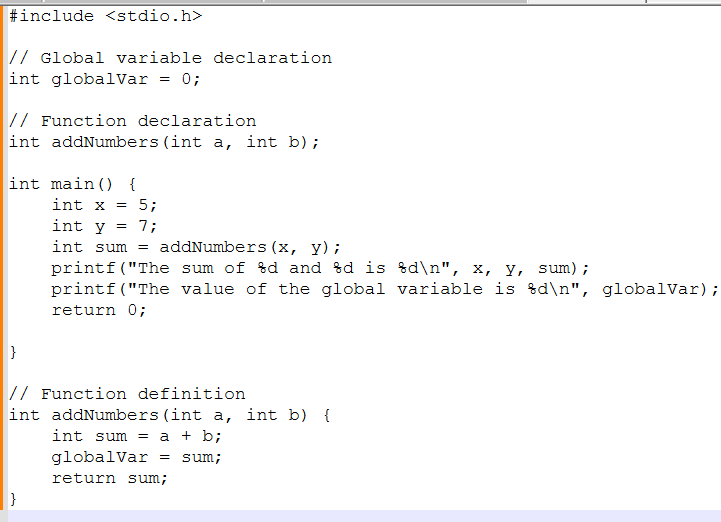
Writing clean code is an essential skill for any developer striving to create high-quality, maintainable software. Clean code is not just about making your work look neat—it enhances readability, reduces complexity, and ensures that your code remains easy to understand, modify, and debug over time. More importantly, it fosters collaboration among developers, preventing confusion and inefficiencies in software development projects.
By implementing these principles, developers can produce software that is not only efficient and scalable but also easier to debug and enhance. Whether you’re a beginner or an experienced coder, these best practices will help you write cleaner, more maintainable code. Let’s dive in!
Ensuring the development of clean code is fundamental to the success of any software endeavor. Clean and well-organized code simplifies the tasks of reading, understanding, maintaining, and debugging. Furthermore, it supports productive collaboration among developers, which helps to reduce confusion and misinterpretations. Producing clean code may be a complex task, yet implementing best practices can facilitate this endeavor. This guide focuses on the best practices for writing clean code, providing developers with insights to create software that is not only easy to read but also simple to maintain.
Effective code readability and maintainability heavily rely on the use of suitable naming conventions and proper indentation techniques. Effective naming conventions enhance the comprehensibility of the code and contribute to greater clarity in its functionality. The practice of indentation allows for a clearer visual separation of code segments, facilitating a better comprehension of the program’s logical structure. Following these coding standards facilitates collaboration with others on your code and enhances your ability to revisit and comprehend your own work in the future.
Ideally, clean code should convey its meaning without the need for additional explanation, Ideally, clean code should convey its meaning without the need for additional explanation. It is important to utilize comments to clarify complicated logic, articulate the objectives of the code, and supply context for other programmers.
It is important to note that comments should not serve the purpose of explaining the functionality of the code. The code should convey its purpose and functionality without needing further clarification. The purpose of comments is to deliver extra context and relevant information.
The occurrence of duplication is a frequent challenge faced in software development. Consequently, the code becomes less readable, more challenging to maintain, and harder to test. To reduce repetition, you should leverage functions, classes, and libraries that can be utilized in multiple components of the code.
If you notice that you are repeatedly writing the same code, this serves as a signal that you should consider refactoring the code to establish a reusable function or class.
The K&R coding style is a prominent approach that prioritizes the readability, understandability, and maintainability of code. It prioritizes clear communication and straightforwardness by maintaining consistent indentation and formatting throughout. As an illustration, variables are typically identified by lowercase letters, whereas functions are named using a blend of lowercase and uppercase letters.
The practice of writing modular code plays a significant role in the field of software development. This process consists of dividing a large program into smaller, more easily handled sections referred to as modules. Each module can subsequently be developed and tested independently, enhancing the ease of maintaining and updating the code in the future. The adoption of modular coding practices facilitates code reuse, which can result in considerable time and resource efficiency in the long term.
In the journey towards achieving clean code, the importance of testing cannot be overstated. It confirms that the code performs correctly and uncovers any errors or bugs in the early development stages. Crafting tests for every function and class in the codebase is vital, and frequent execution of these tests helps to ensure that the code continues to perform as anticipated.

Clean code is often a top priority for developers engaged in software development projects, This approach guarantees that the code remains clear, adaptable, and easy to troubleshoot. Embracing clean coding best practices leads to multiple benefits, such as improved teamwork, decreased error rates, and higher quality software. Even though it takes more time and effort, the long-term advantages of writing clean code make it a worthwhile endeavor. Implementing the principles of clean code allows developers to craft software that is characterized by efficiency, effectiveness, and maintainability.
Must Read: STM32 ADC: Analog Sensor Reading
Indian Institute of Embedded Systems – IIES